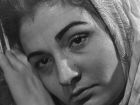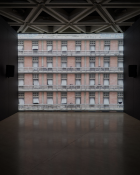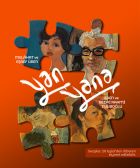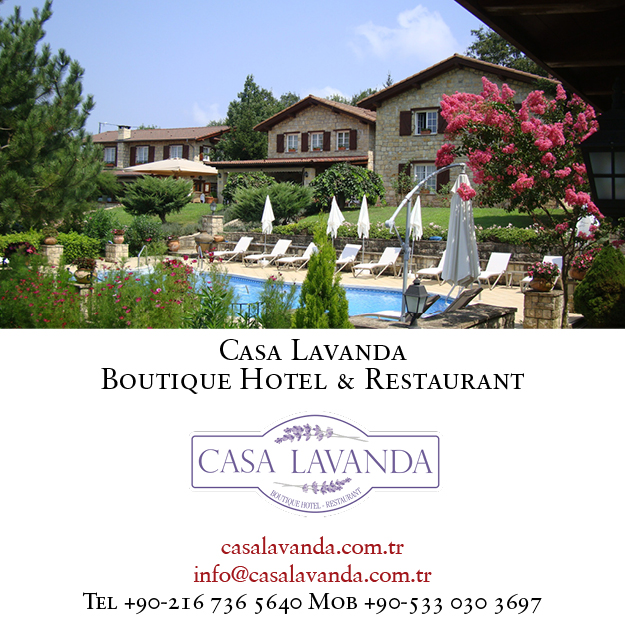During the eight and a half decades of his life, David Winfield, who died a few months ago on the island of Mull, was by turns a writer on architectural aesthetics, possibly the leading restorer anywhere of Byzantine frescoes, a skilled conservationist who was the National Trust’s first-ever national Surveyor of Conservation, a research fellow of two Oxford Colleges, the author or joint author of 11 works of high scholarship (one of them currently with the printer), and – finally and most surprisingly – a livestock farmer in the Hebrides, until illness forced him to give up when he was well over 80.
For many people, however, he will always be remembered as the field director who oversaw the restoration of Ayasofya Trabzon between 1956 and 1962, the exquisite 13th-century church of the Grand Comnenos Emperors which then stood in groves outside the city, just above the sea. Its frescoes are surely among the very finest medieval art anywhere in the world. He later worked in the Troodos mountains of Cyprus, at the Churches of the Panaghia at Lagoudhera and Asinou. In the 1970s he worked on frescoes in Canterbury Cathedral, and his skill was praised publicly in The Times by the Dean.
In the 1950s and 1960s, there were still major discoveries to be made from the Roman and Byzantine period of castles, churches and other monuments in the hinterland of Anatolia. The mountains that hem the Black Sea Coast had been largely missed by 19th-century travellers. David Winfield, together with Anthony Bryer, and Selina and Michael Ballance made expeditions into the countryside in search of this lost past. David was a painstaking and methodical traveller, but he had a good command of Turkish (and later when he was in Cyprus, Greek) and a sympathetic eye for local people. 'He managed to fade into the community,' one of his companions recalls. He was endlessly meticulous, prepared to spend long hours in conversation with local people – and as a result from time to time discovered castles previously completely unknown. He also retained a lasting love of the Turkish people and many friendships with the people of Trabzon in particular.
Once, walking with the explorer and travel-writer Freya Stark on the citadel at Trabzon, the two encountered a group of children who called them 'gavur'. David then translated as gently as possible her explanation to them that ‘People of the Book’ did not count as infidels in that sense.
Back in the UK from Cyprus in the mid-1970s, Winfield the restorer of churches in the Levant metamorphosed into a British conservationist and Oxford academic. He was appointed to research fellowships first at All Souls and then at Merton College. David and his wife June set up home in Crick Road in North Oxford from which they dispensed hospitality and learned but genial conversation to their friends on a scale which recalled Victorian times. June had worked with him on the drawings and imaging at Ayasofya Trabzon, and subsequently gone on to become not only his wife and the mother of a family of three but also to share all his work, whether scholarship or farming.
A dearth of senior positions in Byzantine art meant that in 1980, when his time at Merton ran out, David returned to conservation work, this time in Britain, as the National Trust’s first nation-wide Surveyor of Conservation. During his decade there, he brought together the excellent individual local conservation work being done by the Trust.
The Winfields, however, continued to yearn for mountains and remote places by the sea. As retirement approached, they saw an advertisement in Country Life for a farmstead at Dervaig on Mull and went to visit it. The building was run-down and needed substantial restoration, and a livestock farm went with it. But the beauty of the place persuaded them to buy it and to spend their retirement years as farmers, a wholly new venture for both of them and in a particularly challenging place – but one which was vindicated over more than 20 happy years, with each morning spent walking with dogs on the hills of Mull, high above the sea.
During this early period on the island, Winfield’s collection of books was badly damaged by a fire. He was hundreds of miles from the nearest university library but he continued to write on Byzantine art, fortifications, and the churches where he and June had worked.
As Sassenachs fitting into a Hebridean community might not have been easy for everyone but the Winfield family was pleased a few years after their arrival, when a visitor enquiring about David received the answer “I have heard nothing ill of him.”
David was a unique figure in Byzantine and Turkish studies, an embodiment in a later age of the finest British Victorian qualities. Even though he spent his final years far away from most of those who share his interests, he will not be forgotten.






